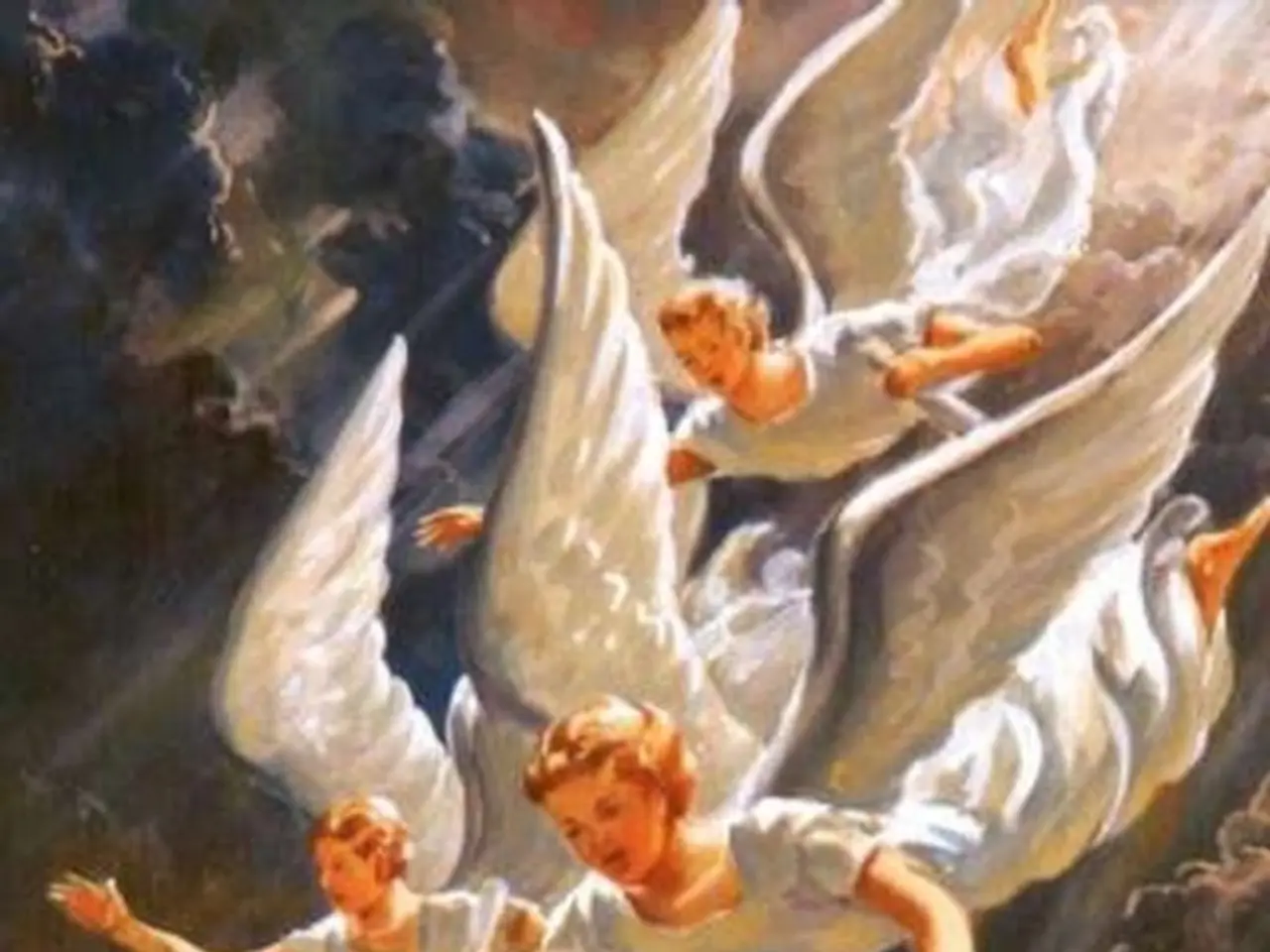The persisting prejudice towards witches recalls the scrutiny of the Inquisition era.
In the 11th century, Western attitudes towards witchcraft underwent a significant transformation. Associating witchcraft with heresy and the Devil, this shift marked the beginning of the villainous witch stereotype that would persist for centuries [1]. By the 14th century, witches were not only linked to maleficium (harmful magic) but also to diabolism, or the worship of Satan, distinguishing Western witchcraft from other magical traditions [1].
This composite image of witches as dangerous and villainous beings was elaborated in the late medieval and early modern periods. Witches were believed to renounce Christianity, enter into pacts with the Devil, and trade their souls for magical powers. They were said to participate in secret nocturnal gatherings called “sabbats,” involving sexual orgies and devil worship. Witches were also thought to shape-shift and have familiar spirits, often in animal form. Moreover, they were accused of kidnapping and murdering children for use in magical potions [1].
This stereotype was largely a product of fantasy rather than reality, but it was institutionalized through laws and trials, with priests and judges enforcing a worldview that treated witches as real and dangerous enemies of Christian society [1].
The villainous witch archetype was further reinforced by literary and cultural representations. For instance, the sorceress Morgan le Fay, a character from Arthurian legends, was often portrayed as a power-hungry, seductive antagonist opposing King Arthur and Merlin, cementing the notion of witches as malevolent figures in Western storytelling [2].
European colonialism also exported this negative witch stereotype globally. Indigenous spiritual practices were often conflated with "witchcraft," and many traditional female practitioners were labelled as witches, further entrenching the association of witchcraft with evil and danger in a Western Christian context [3].
The witch hunt reached its peak in the 13th and 14th centuries, during the Inquisition, when a more dangerous and criminal view of witchcraft was consolidated [1]. Artworks from this period, such as Hans Baldung Grien's "The Witches" (1510-1540), featured old, demonic women, while Francisco de Goya's "Flight of Witches" (1798) depicted flying witches [1].
However, the villainous witch stereotype began to be challenged in the 19th century with the advent of Symbolism. Artists like Gustave Moreau took witches off flying brooms and depicted them as symbols of the sublime, internal struggle, and female power [1]. In the 20th century, artists like Hilma af Klint redeemed witchcraft, spiritualism, and esotericism as tools to break with rational logic and conventions [1].
Despite these shifts, the witch is still often portrayed as the villain in artworks from the last 500 years, reflecting the lingering influence of the medieval Christian theological and legal fears that originally gave rise to the villainous witch stereotype [1]. According to historian Carla Serrano, the witch hunt is the result of a misogynistic and patriarchal society [4].
In medieval iconography, the female body was often depicted as deformed, aged, highly sexualized, and animalized, further reinforcing the negative stereotype [4]. This is evident in works like Hans Baldung Grien's "The Witches." However, it is important to remember that not all women associated with witchcraft were villains. Female alchemists, like Cleopatra, existed but were often overlooked or denied by society [5].
In conclusion, the villainous witch stereotype in Western culture emerged from medieval Christian theological and legal fears of heresy and diabolism, was popularized and reinforced through folklore and literature, and spread globally through European colonialism and cultural domination [1][2][3]. Despite challenges in more recent times, the stereotype still lingers, highlighting the need for continued exploration and understanding of the historical roots and cultural implications of this enduring image.
References: [1] Kieckhefer, Richard. European Witchcraft: Centuries of Sorcery. University of California Press, 1996. [2] Clark, Stuart. The Sins of the Fathers: Hawthorne's Psychological Themes. University of Missouri Press, 1987. [3] Linden, carol P. Witchcraft in Salem: A Documentary History: Presented to the People of Essex County, Massachusetts, in Commemoration of the Tercentenary of the Witchcraft Trials of 1692. University of Pennsylvania Press, 1993. [4] Serrano, Carla. The Witching Hour: Women, Witchcraft, and the Changing of the World. Beacon Press, 2000. [5] Walker, Benjamin. The History of Magic: From the Middle Ages to the Present. Routledge, 1990.
The average person in the 19th century might have found the depiction of witches as symbols of sublime internal struggle and female power in literature and art to be quite a departure from the previously held views of them as dangerous, diabolical creatures associated with heresy, evil, and danger. In contrast, some traditional female practitioners were erroneously labeled as witches under European colonial rule, further perpetuating the negative stereotype of witchcraft as pop-culture villainy.






